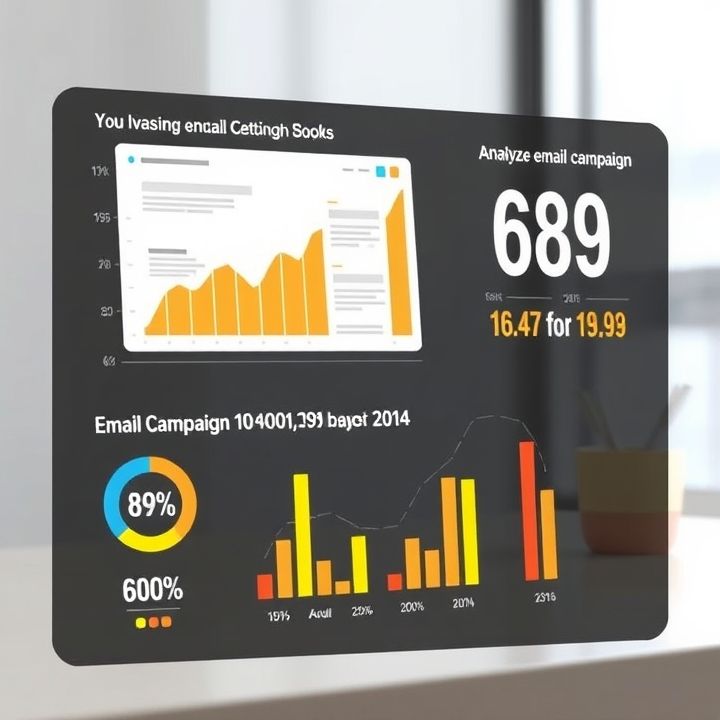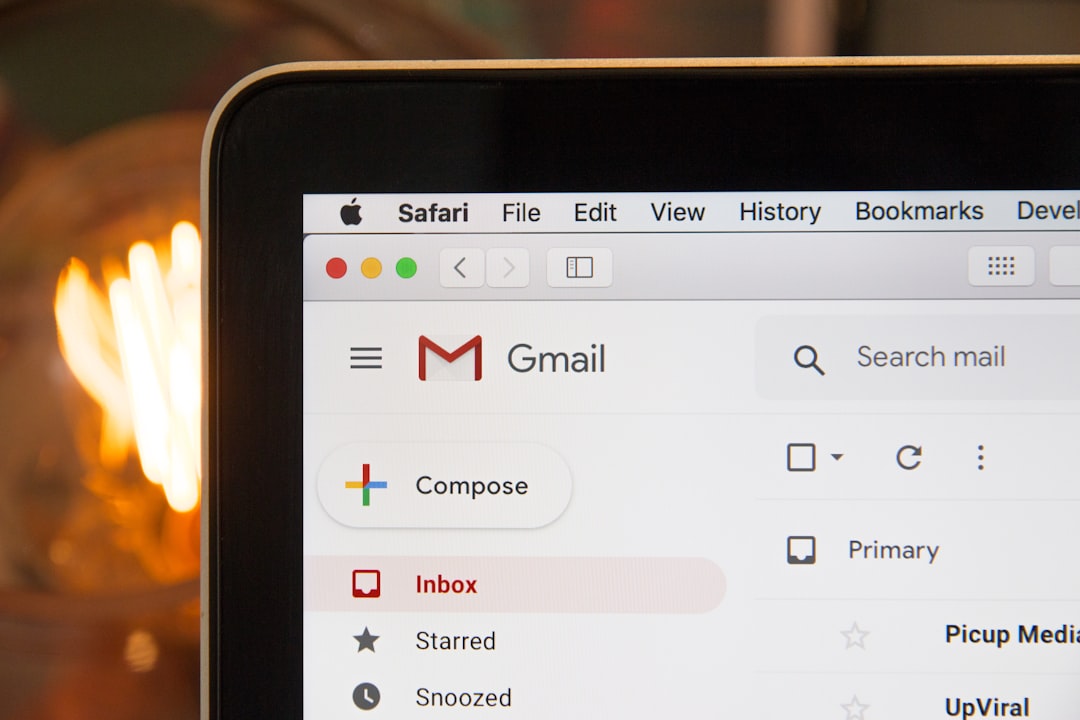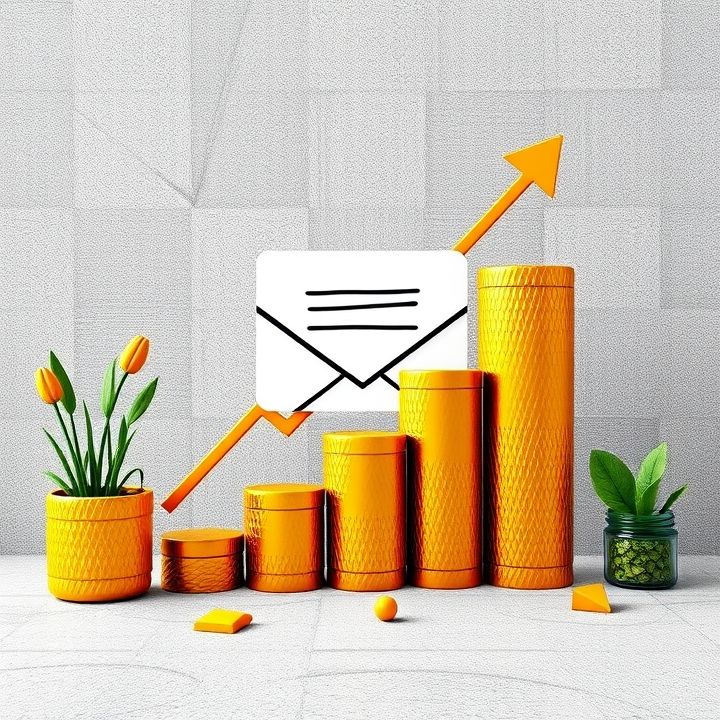Table of Contents
- Introduction
- Understanding Behavioral Triggers in Email Marketing
- The Role of Automation in Delivering Emails
- Identifying Key Customer Behaviors for Trigger-Based Emails
- Leveraging Data Analytics to Enhance Email Segmentation
- Designing Compelling Email Content Based on User Behavior
- Timing and Frequency: When to Send Triggered Emails
- Case Studies: Successful Campaigns Using Behavioral Triggers
- Tools and Platforms for Implementing Email Automation
- Conclusion
- Frequently Asked Questions
Introduction
Welcome to a new era of email marketing, where understanding your audience’s behavior is no longer just an advantage—it’s a necessity. Imagine having the power to not only deliver the right message to the right person at the right time but also to significantly increase your email engagement rates with precision and ease. That’s where behavioral triggers and automation come into play.
Email marketing has evolved, and to stay ahead, you need to leverage sophisticated strategies that blend behavioral insights with automation technology. This article will unveil the secrets behind transforming your email campaigns into powerful engagement engines.
Here is a glimpse of what we’ll explore:
| Topic | Benefit |
|---|---|
| Behavioral Triggers | Target and personalize with precision |
| Email Automation | Save time and optimize performance |
| Engagement Strategies | Enhance open and click-through rates |
With these tools in your arsenal, diving into the depths of what makes your audience tick becomes not just possible, but incredibly effective. Ready to skyrocket your email engagement? Let’s get started!
Understanding Behavioral Triggers in Email Marketing
In today’s digital landscape, understanding behavioral triggers is crucial for creating effective email marketing strategies. Behavioral triggers are specific actions taken by users that marketers can track and respond to with automated emails. This might include actions like signing up for a newsletter, making a purchase, or abandoning a shopping cart. By analyzing these behaviors, businesses can send timely and relevant emails that resonate with the recipient’s immediate needs or interests. For instance, a cart abandonment email can gently remind a potential customer of the items left behind, often incentivizing them to complete the purchase with a discount offer.
Behavioral triggers allow marketers to engage with their audience more personally and efficiently. Automation tools play a significant role in this process, enabling emails to be sent precisely when they are most relevant. This targeted approach not only enhances the user experience but also boosts engagement rates and conversions. Furthermore, leveraging data from these interactions can provide valuable insights into consumer behavior, allowing businesses to refine and optimize their email marketing strategies continually. Ultimately, mastering the art of behavioral triggers helps create a seamless blend between consumer actions and marketing communications, fostering stronger connections with the audience.
The Role of Automation in Delivering Emails
The role of automation in delivering emails is crucial for modern marketing strategies. Automation allows businesses to send timely and relevant emails without manual intervention, saving time and resources while enhancing customer engagement. By using automated systems, businesses can set up email sequences triggered by specific user behaviors, such as signing up for a newsletter, abandoning a cart, or making a purchase. This ensures that the content is tailored to the recipient’s needs and actions, increasing the likelihood of engagement and conversion.
Automation tools enable segmentation of audiences based on various criteria, such as demographics, purchase history, or browsing behavior, allowing for more personalized communication. They can also optimize send times, ensuring that emails are delivered when recipients are most likely to engage with them. Furthermore, these tools provide valuable insights and analytics on email performance, helping businesses refine their strategies over time.
Overall, automation transforms email marketing into a dynamic and data-driven process, enhancing the ability to communicate with clients effectively. It not only improves operational efficiency but also strengthens customer relationships by delivering content that resonates at the right moment.
Identifying Key Customer Behaviors for Trigger-Based Emails
Identifying key customer behaviors is crucial for leveraging trigger-based emails effectively. These emails are designed to be sent automatically when a subscriber takes a specific action on your website, engages with your app, or interacts with your content. One of the first steps in this process is to analyze what actions are meaningful for your brand, as these will become the triggers. Common triggers include making a purchase, abandoning a shopping cart, signing up for a newsletter, or participating in a webinar. By setting up automated emails in response to these actions, you can deliver timely and relevant messages that resonate with the user.
Another important behavior to monitor is product browsing history. Knowing which products a customer has shown interest in lets you send personalized recommendations and discounts, enhancing the customer experience. Additionally, tracking login frequency or app usage can help identify opportunities for engagement, such as sending tutorials, tips, or special offers to infrequent users. Finally, implementing feedback requests post-purchase or after customer service interactions can offer insightful data, helping refine your trigger strategy.
By closely observing these behaviors, companies can tailor email marketing strategies to meet customer needs more precisely, increasing engagement and conversion rates while fostering a more personalized connection with the audience.
Leveraging Data Analytics to Enhance Email Segmentation
Leveraging data analytics to enhance email segmentation is a powerful strategy for marketers aiming to deliver highly personalized and relevant content to their audience. By analyzing customer data, businesses can gain valuable insights into user behavior, preferences, and purchase history. This enables the creation of more targeted email campaigns that resonate with specific segments of their audience.
Effective segmentation begins with collecting data from multiple touchpoints, such as website interactions, purchase patterns, and demographic information. With this information, marketers can identify distinct customer segments, tailor messaging to each group’s unique interests, and optimize timing for email delivery, increasing the likelihood of engagement.
Advanced data analytics tools can further refine segmentation by using machine learning algorithms to predict future behavior and trends. These insights allow marketers to anticipate customer needs and craft dynamic content that adapates to individual preferences.
Ultimately, leveraging data analytics for email segmentation not only enhances the customer experience but also drives higher conversion rates and strengthens customer loyalty by ensuring the right message reaches the right audience at the right time.
Designing Compelling Email Content Based on User Behavior
Designing compelling email content based on user behavior begins with understanding your audience’s actions and preferences. Behavioral triggers such as website visits, purchase history, or email interactions provide valuable insights into what users find engaging. Personalization is key in crafting emails that resonate with recipients. By segmenting your audience based on behavior, you can tailor the content to meet their unique needs and interests.
Start by creating engaging subject lines that reflect the user’s previous interactions or interests. Use dynamic content to customize emails, such as recommending products based on past purchases or reminding them of an abandoned cart. Automated workflows can ensure these emails are sent at optimal times, such as immediately after a user completes a specific action.
Moreover, maintain a consistent but non-intrusive follow-up strategy, like offering exclusive content or discounts for ongoing engagement. By delivering relevant and timely content, businesses can nurture relationships, increase engagement, and boost conversion rates. In short, leveraging user behavior to design email content is central to creating a personalized experience that meets the modern consumer’s expectations.
Timing and Frequency: When to Send Triggered Emails
Understanding the timing and frequency of sending triggered emails can significantly enhance their effectiveness. Triggered emails, which are automated responses based on user behavior or predefined actions, need to be timely to capture the recipient’s attention and encourage engagement. It’s crucial to send these emails as soon as the trigger event occurs, such as cart abandonment, a new user sign-up, or a lead nurturing event. The immediacy of these emails can result in higher open rates and conversions, as they reach users when interest is at its peak.
However, frequency is equally important as timing. Sending too many emails can overwhelm or annoy recipients, potentially leading to unsubscribes. It’s advisable to monitor user engagement metrics and adjust the frequency accordingly. Segmenting your audience based on behavior and preferences allows for more personalized communication. It’s essential to test different times and frequencies to find the optimal strategy that resonates with your audience. By leveraging data analytics, businesses can refine their approach to sending triggered emails, ensuring that they’re not just timely but also relevant and value-driven for the recipient.
Case Studies: Successful Campaigns Using Behavioral Triggers
Case studies of successful email campaigns leveraging behavioral triggers showcase how companies effectively engage with their audience. A prominent example is from a leading e-commerce platform that utilized cart abandonment triggers to reclaim potential lost revenue. By sending personalized emails reminding customers of their abandoned carts, coupled with special discounts, the company reported a 20% increase in sales conversions within three months.
Similarly, a notable online education provider successfully used behavioral triggers to enhance user engagement. They implemented a system where course completion prompts triggered personalized congratulatory emails. This not only encouraged continued learning but also upsold advanced courses, resulting in a significant increase in customer lifetime value.
Another case study highlights a travel agency that harnessed browsing behavior data. By recognizing when users frequently viewed specific destinations, they sent targeted emails featuring exclusive deals for those destinations. This strategy led to a 30% rise in booking rates.
These examples illustrate the power of using behavioral triggers in crafting timely and relevant email campaigns. By understanding and analyzing customer behavior, businesses can create personalized experiences that resonate with their audience, ultimately driving engagement and increasing conversions.
Tools and Platforms for Implementing Email Automation
Choosing the right tools and platforms to implement email automation is crucial for businesses aiming to enhance their marketing strategies. These tools not only help in saving time but also ensure that the right message reaches the right audience at the right time. Many platforms are available in the market, each offering unique functionalities. One of the most popular platforms is Mailchimp, known for its user-friendly interface and robust analytics capabilities. It allows businesses to create targeted campaigns and offers various automation features, such as customer journey builder and predictive insights.
Another strong contender is HubSpot, which provides a comprehensive CRM integration, enabling businesses to track and nurture leads efficiently. Its automation tools are designed to personalize customer interactions based on behavioral triggers. For e-commerce platforms, Klaviyo is a go-to tool providing advanced segmentation and automation features tailored specifically for online stores. Similarly, tools like ActiveCampaign offer a perfect blend of CRM and email automation, making it ideal for businesses looking to streamline their sales processes.
These platforms empower businesses to create personalized experiences for their customers, boosting engagement and conversion rates, and ensuring that marketing efforts are both efficient and effective in reaching their goals.
Conclusion
In conclusion, integrating behavioral triggers and automation into your email marketing strategy is a game-changer for enhancing customer engagement and driving conversions. By meticulously identifying key customer actions and leveraging data analytics, businesses can craft personalized and timely email content that resonates with their audience. Automation tools like Mailchimp, HubSpot, and ActiveCampaign simplify the process, allowing for efficient segmentation and the delivery of relevant messages at the optimal time. As demonstrated by successful case studies, using behavioral triggers significantly boosts interaction rates and strengthens customer relationships. Embracing these advanced techniques not only elevates the user experience but also cultivates a more dynamic and responsive marketing approach, ultimately leading to higher engagement and a stronger connection with your audience. Start harnessing the power of behavioral triggers and automation today to transform your email campaigns into impactful and result-driven initiatives.
















